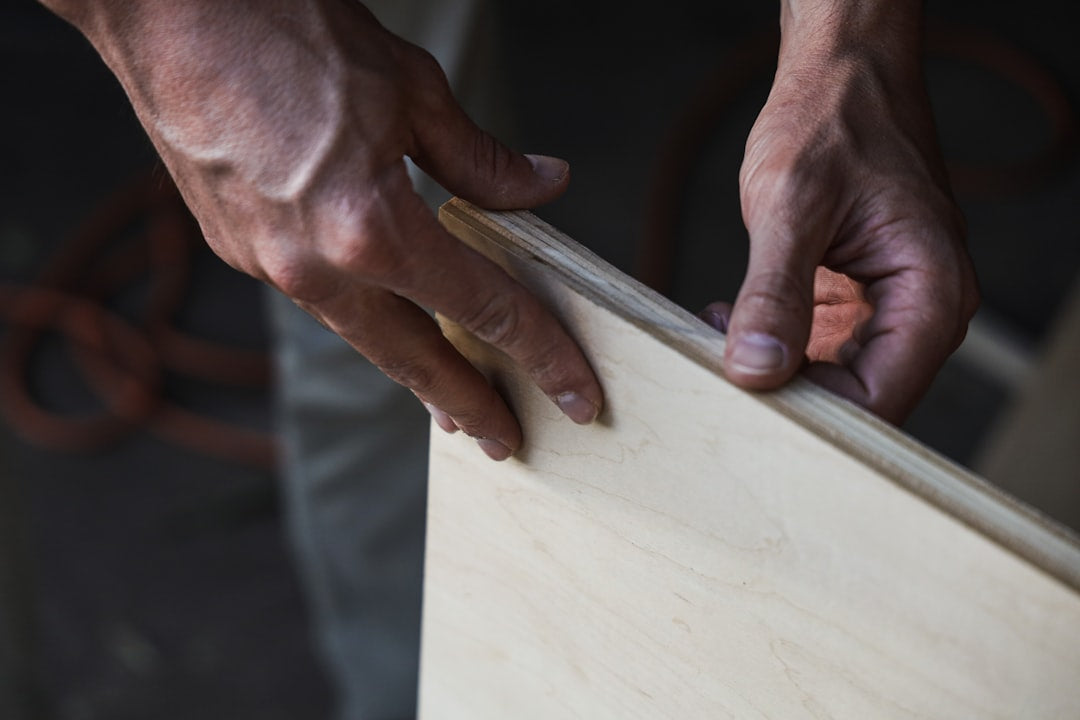Concrete formwork plywood serves as a critical component in construction projects, providing the necessary structural support for concrete shaping. To ensure the longevity and effectiveness of your high-density overlay plywood, proper maintenance and storage practices are essential. In this guide, we will discuss valuable tips to help you care for and store your concrete form ply, also known as MDO plywood, medium density overlay, phenolic plywood, or film faced plywood.
1. Cleaning and Inspection
Before storing your concrete form ply, make sure to clean it thoroughly to remove any dirt, debris, or concrete residue. Inspect the surface for any signs of damage such as cracks, delamination, or excessive wear.
2. Drying and Ventilation
Prior to storage, ensure that the concrete formwork plywood is completely dry to prevent mold or mildew growth. Store the plywood in a well-ventilated area to maintain optimal conditions and prevent moisture absorption.
3. Avoid Exposure to Extreme Temperatures
Protect your MDO plywood from extreme temperatures and humidity fluctuations, as these can affect the structural integrity of the material. Store the plywood in a climate-controlled environment whenever possible.
4. Stacking and Support
When storing concrete form ply, stack the panels horizontally on a flat, level surface to prevent warping or bending. Use support beams or spacers between each panel to distribute weight evenly and avoid damage.
5. Avoid Direct Contact with the Ground
To prevent moisture absorption and damage, refrain from placing the concrete formwork plywood directly on the ground. Use pallets or raised platforms to elevate the panels and ensure proper air circulation.
6. Cover and Protect
Shield your phenolic plywood from dust, debris, and UV exposure by covering it with a tarp or plastic sheet. This will help preserve the surface quality and extend the lifespan of the material.
7. Regular Inspections
Periodically check your concrete form ply for any signs of damage or deterioration, especially before reuse in construction projects. Replace any panels that show significant wear to maintain structural integrity.
8. Proper Handling
When moving or transporting your film faced plywood, handle it with care to prevent scratches, dents, or other surface imperfections. Use appropriate lifting equipment or techniques to avoid damage.
9. Moisture Protection
Ensure that your concrete formwork plywood is stored in a dry environment to prevent moisture-related issues such as warping, swelling, or delamination. Implement moisture barriers if necessary.
10. Labeling and Organization
Keep track of your MDO plywood inventory by labeling each panel with relevant information such as size, quality, and usage history. Organize the storage area to facilitate easy access and retrieval.
11. Rotation and Usage
Rotate your concrete form ply stock regularly to prevent prolonged pressure on specific panels. Utilize a first-in, first-out system to ensure even wear and maintain consistency in construction projects.
12. Sustainable Practices
Consider implementing sustainable practices in the maintenance and storage of your concrete formwork plywood. Recycling, refurbishing, or responsibly disposing of damaged panels can minimize waste and environmental impact.
Enhance the Longevity and Efficiency of Your Concrete Form Ply
By following these tips for maintaining and storing your high-density overlay plywood, you can enhance the longevity, durability, and efficiency of your construction materials. Implementing proper care practices will not only extend the lifespan of your MDO plywood but also contribute to the success of your concrete formwork projects.

